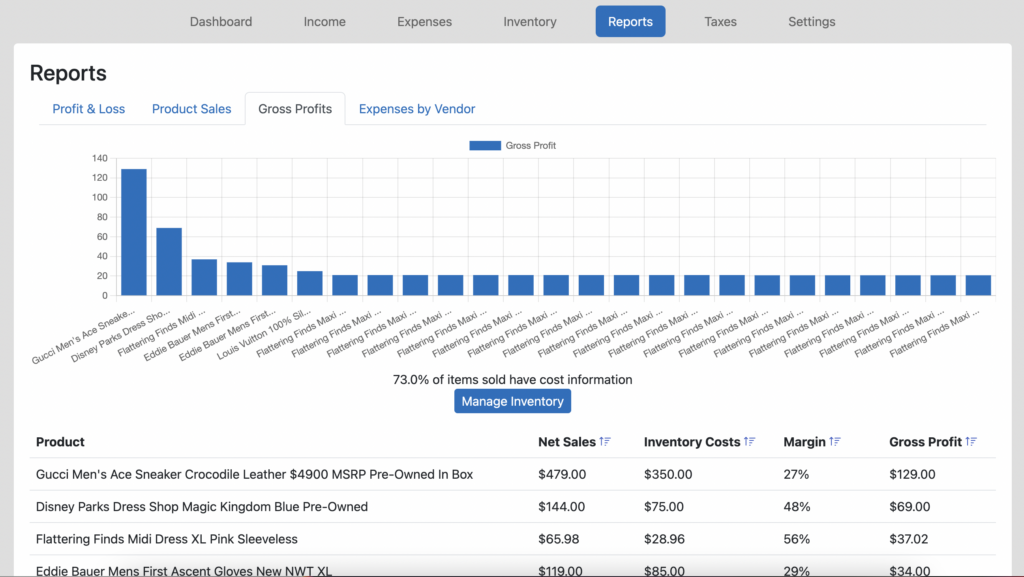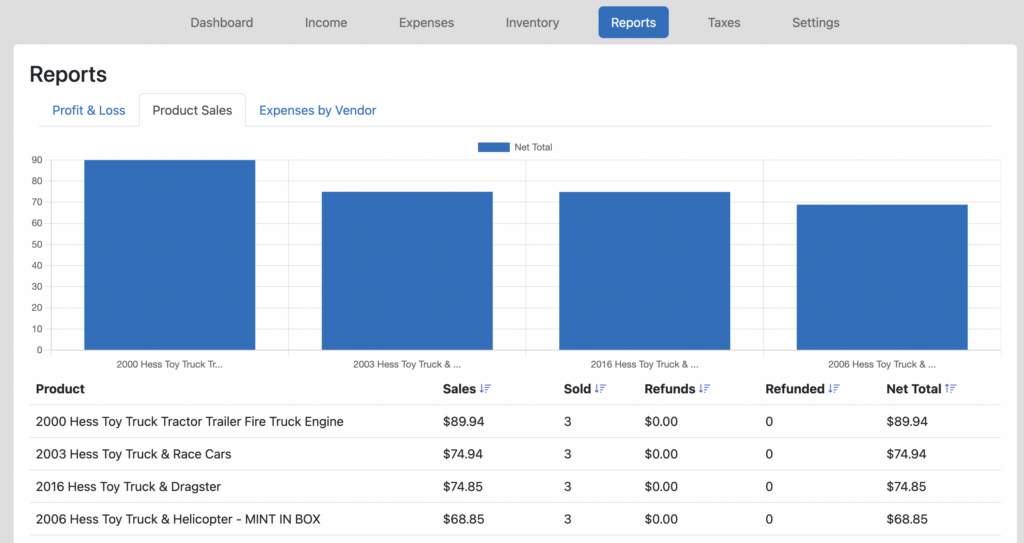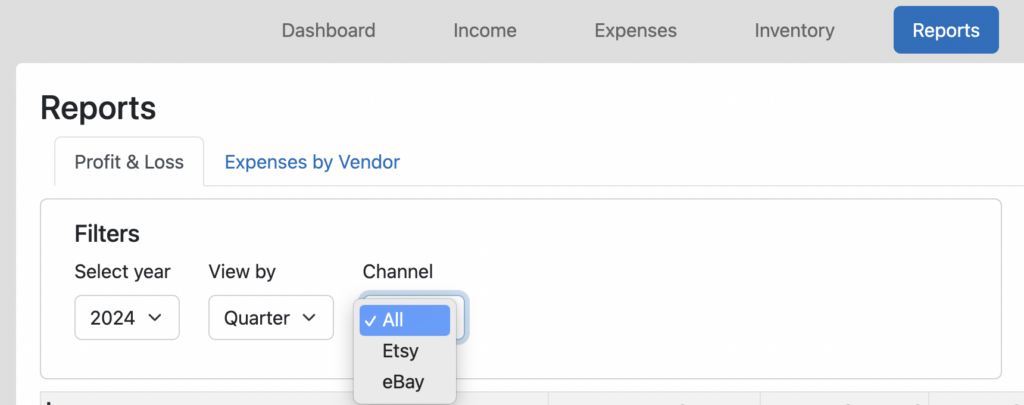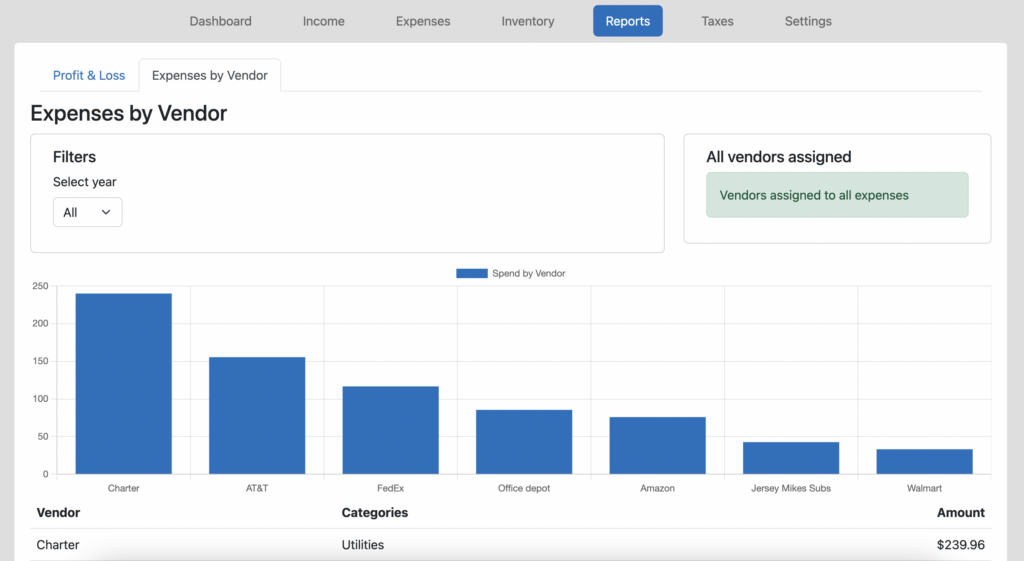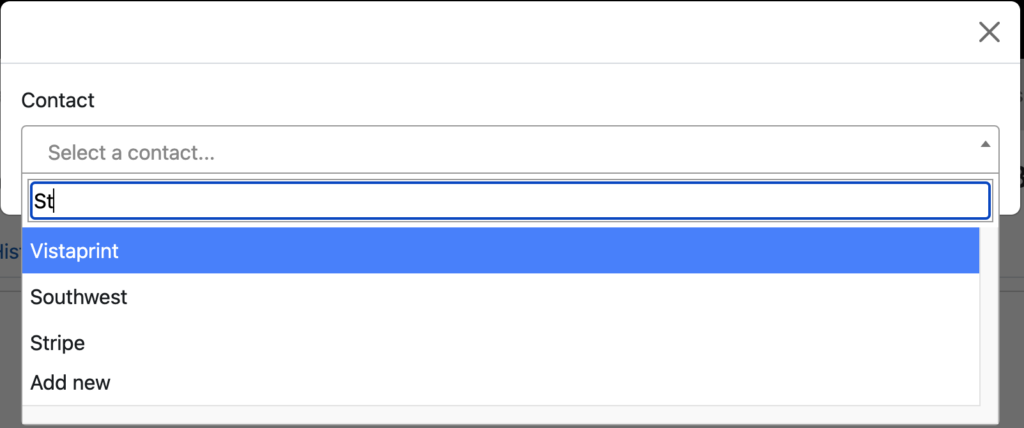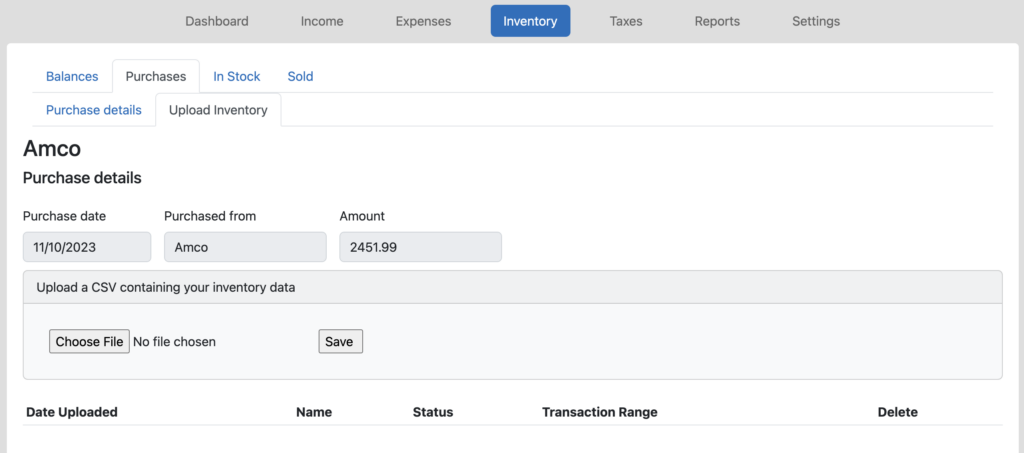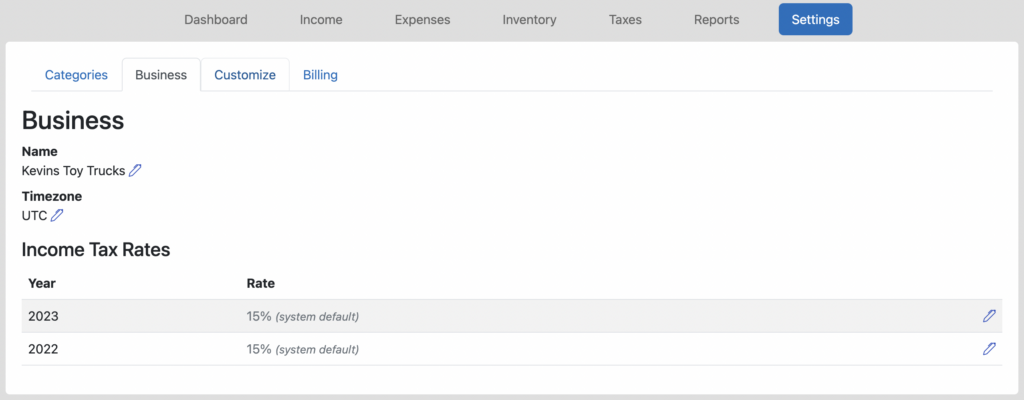Automatically allocate other charges to cost of goods
When you purchase inventory, there are often other costs besides the cost of the individual items that must be accounted for as part of “cost of goods.” In fact, we wrote a blog post about it a while back.
Until now, deciding how to handle those extra costs was something that customers had to figure out on their own. Well, no more. Now, Seller Ledger allows you to enter those additional costs and we automatically adjust the per-item cost of goods for your inventory.
You will now see a new “Other costs” field at the top of the form for entering inventory purchase details. Enter the total of any extra costs paid, be it sales tax, inbound shipping, processing fees, whatever. Then, as you record the item-level purchase details, you will see the “other costs” amount divvied up among the items, based on the weighted average cost of those items within the overall purchase.
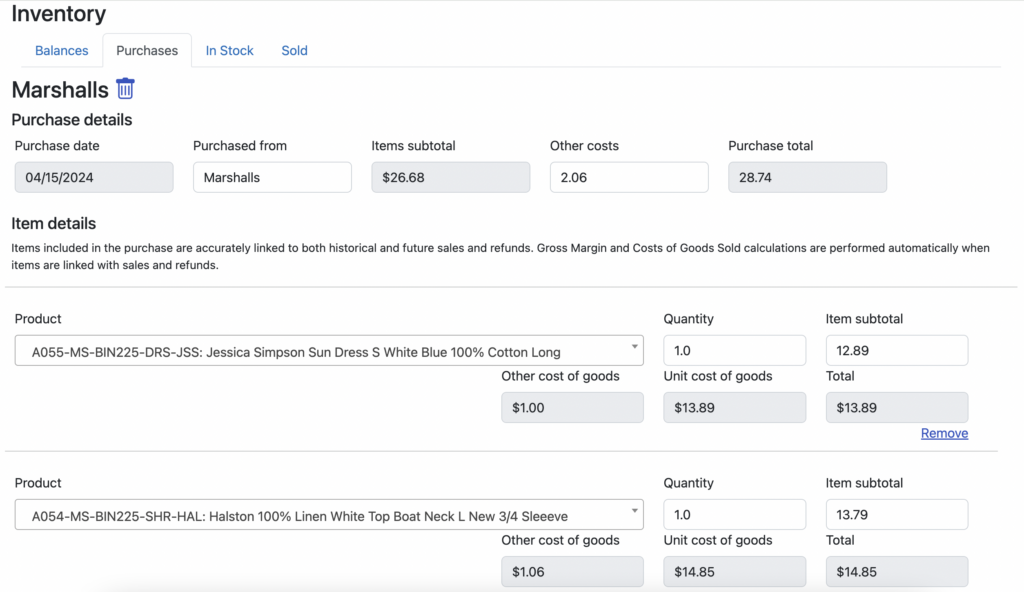
This feature saves you time so you don’t have to attempt any calculations yourself. And it sets us up well to support the next big feature we’re working on: the ability to upload a picture of a receipt and have us create inventory purchase details from it. Stay tuned.

